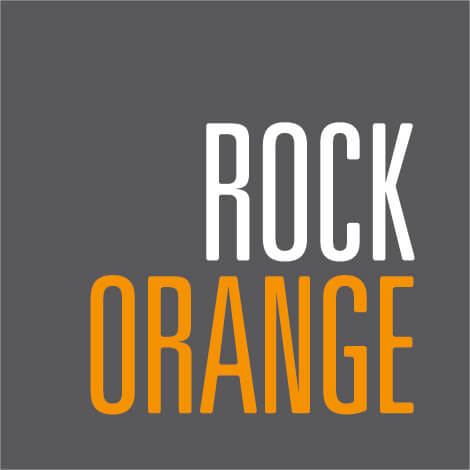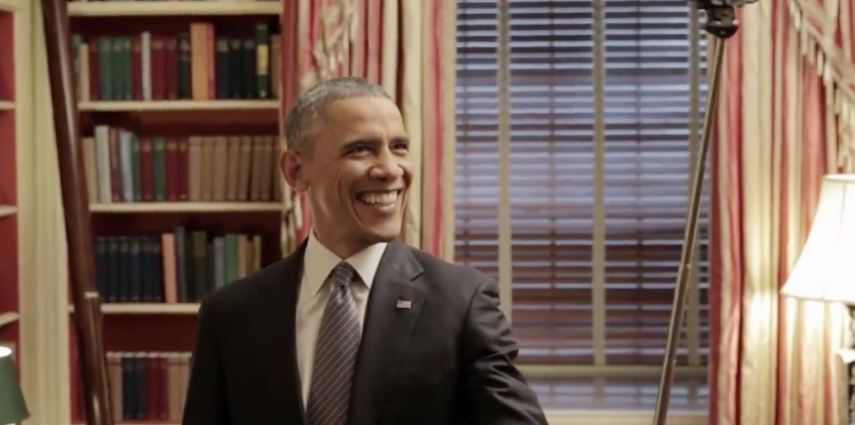“Regardless of what Millennials might say during brand surveys, this report reflects the facts of how they are living, and that information is crucial if you hope to gear your brand toward their lives.”
Lately, there’s no easier way for agencies and firms to insert themselves into brand and marketing related social conversations than to publish surveys about Millennials that promise to finally pull back the shroud of mystery from this beguiling generations’ consuming habits.
I knew a user data insight specialist once who told me that between Facebook data and Google data, she would rather attack a marketing campaign armed with user habits from Google. The information we put into Facebook is our “ideal selves” she said; it is our outward-looking aspirational identity. The questions we ask Google speak to who we really are.
Usually, the insights from these agency-led surveys wind up being pretty superficial. After all, these surveys are kind of like Facebook: respondents are imagining their ideal selves, and projecting it into their answers. And that’s fine; it can even be quite helpful in targeting and campaigning. But it isn’t necessarily the truth of who they are.
How Millennials are Really Living
On April 19, the U.S. Census Bureau released a report called The Changing Economics and Demographics of Young Adulthood: 1975–2016, focusing on the differences between young adults over the course of 40 years. Regardless of what Millennials might say during the aforementioned brand surveys, this report reflects the facts of how they are living, and that information is crucial if you hope to gear your brand toward their lives.
A few takeaways from the report we found interesting:
- Most of today’s Americans believe that educational and economic accomplishments are extremely important milestones of adulthood. In contrast, marriage and parenthood rank low: over half of Americans believe that marrying and having children are not very important in order to become an adult.
- Young people are delaying marriage, but most still eventually tie the knot. In the 1970s, 8 in 10 people married by the time they turned 30. Today, not until the age of 45 have 8 in 10 people married.
- More young people today live in their parents’ home than in any other arrangement: 1 in 3 young people, or about 24 million 18- to 34-year olds, lived in their parents’ home in 2015.
- In 2005, the majority of young adults lived independently in their own household, which was the predominant living arrangement in 35 states. A decade later, by 2015, the number of states where the majority of young people lived independently fell to just six. Of the top five states where the most young adults lived independently in 2015, all were in Midwest and Plains states.
- More young men are falling to the bottom of the income ladder. In 1975, 25 percent of young men ages 25 to 34 had incomes of less than $30,000 per year. By 2016, that share rose to 41 percent of young men (incomes for both years are in 2015 dollars).
- Between 1975 and 2016, the share of young women who were homemakers fell from 43 percent to 14 percent of all women ages 25 to 34.
- Of young people living in their parents’ home, 1 in 4 are idle, that is they neither go to school nor work. This figure represents about 2.2 million 25- to 34-year-olds. Among other characteristics, these young adults are more likely to have a child, so they may be caring for family, and over one quarter have a disability of some kind.
The Millennial generation, it goes without saying, is complex. The things they consider milestones (graduation, jobs, promotions) are different than what they consider capstones (marriage, children) and some capstones for previous generations are not showing up on their radar at all (do any of us honestly think we’ll get to retire?).
So, in the struggle to identify our target demographics’ “ideal selves”, let’s not give short shrift to their “real selves” and how they are living.
Interested in our public relations, social media and online brand analytics services?
Get at us: info@rockorange.com.



